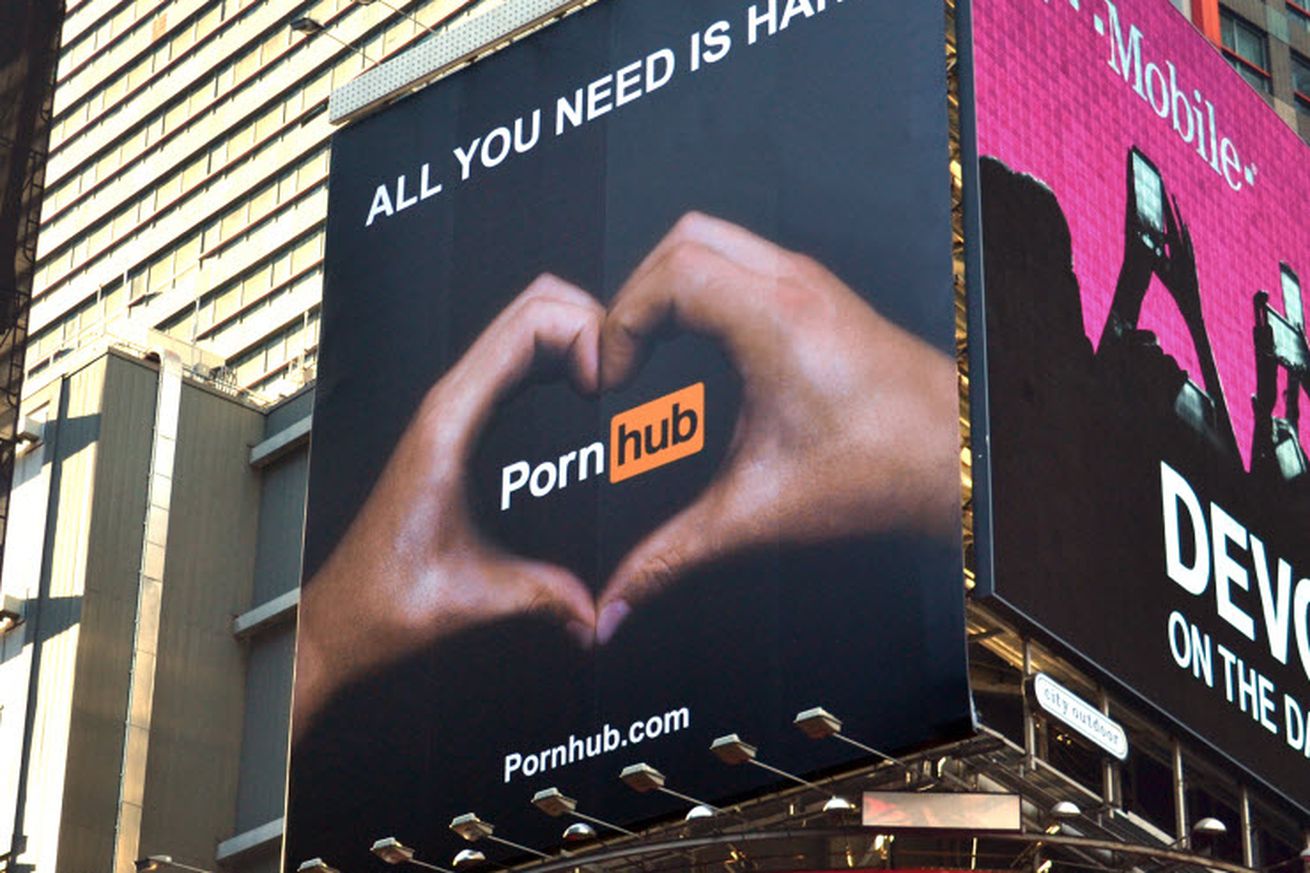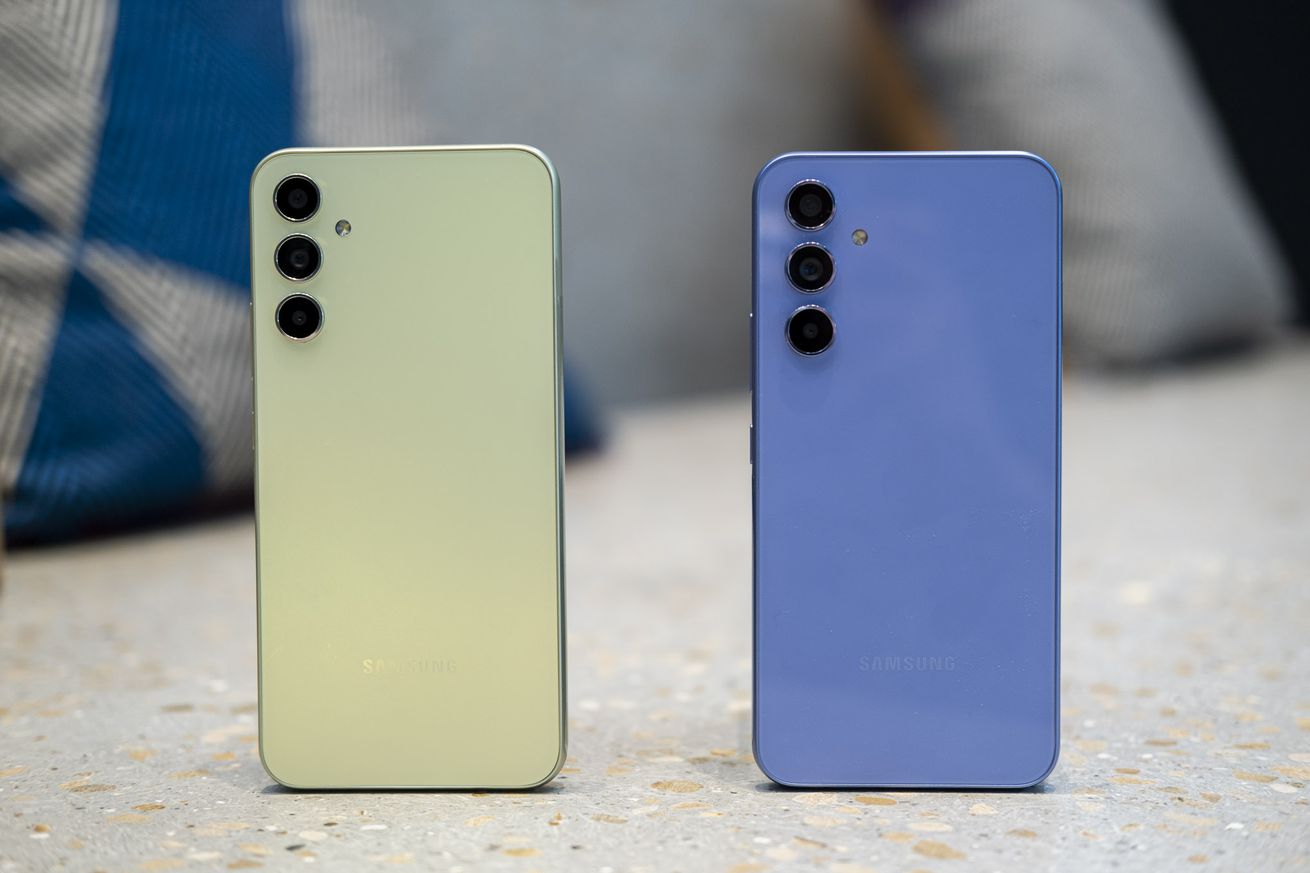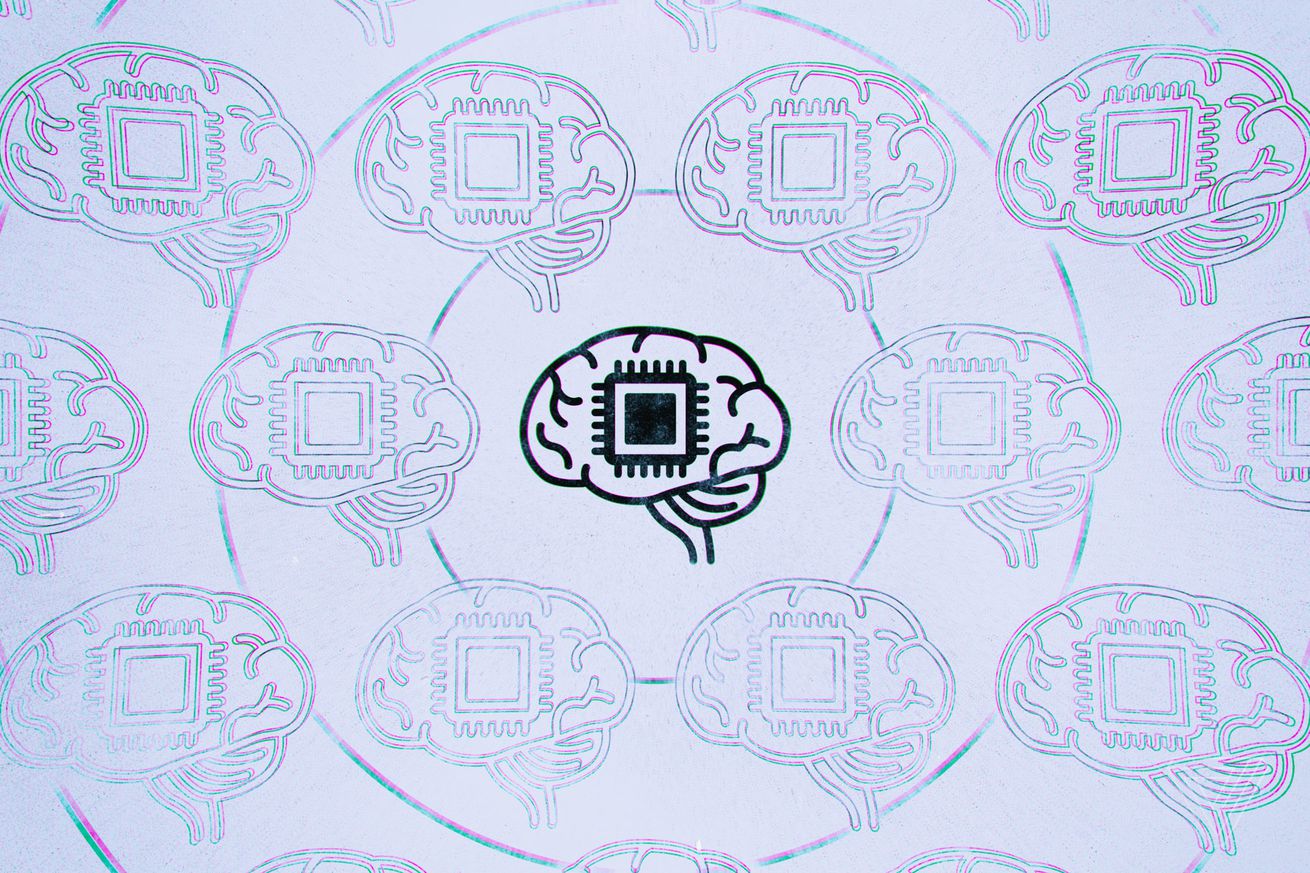
I want to scan everything I own with the Lumafield Neptune.
I am that guy who asks airport security if I can photograph my luggage going through the X-ray machine. I’m also the guy who spent a solid hour scrubbing through the CT scan of my broken jaw with a mix of horror and utter fascination. You could say I’ve been on a bit of a spectral imaging kick.
So when a startup called Lumafield told me I could put as many things as I wanted into its $54,000 a year radiographic density scanning machine... let’s just say I’ve a sneaking suspicion they didn’t think I’d take it literally.
Last month, I walked into the company’s satellite office in San Francisco with a stuffed-to-the-gills backpack containing:
- One vintage Polaroid camera
- One original PalmPilot
- One HTC Dream / T-Mobile G1, the first Android phone
- One Philips Hue smart light bulb
- One Oral-B electric toothbrush
- One Elgato Stream Deck Mini
- One Apple Pencil (second-generation)
- Three sets of gamepads (PS5 DualSense, Xbox One Elite, Nintendo Switch)
- One GaN charger that looks like a Mac
- One magnetic wireless charging battery pack that also happens to double as a handheld game system
- One Dart Zone foam blaster with parts I’d 3D printed to make it look like Master Chief’s pistol from Halo
/cdn.vox-cdn.com/uploads/chorus_asset/file/24515282/vpavic_20230119__0219.jpg) Image: Vjeran Pavic / The Verge
Image: Vjeran Pavic / The Verge
I would have brought more, but I wanted to be polite!
The Neptune, Lumafield’s first scanner, is a hulking machine that looks like a gigantic black microwave oven at first glance. It’s six feet wide, six feet tall, weighs 2,600 pounds, and a thick sliding metal door guards the scanning chamber while the machine is in use. Close that door and press a button on its integrated touchscreen, and it’ll fire up to 190,000 volts worth of X-rays through whatever you place on the rotating pedestal inside.
I began with my Polaroid OneStep SX-70, the classic rainbow-striped camera that arguably first brought instant photography to the masses. Forty-five minutes and 35 gigabytes of data later, the company’s cloud servers turned the Neptune’s rotating radiograms into the closest thing I’ve seen to superhero X-ray vision.
@verge Ever wanted X-ray vision? Here's the next best thing. #Lumafield #Gadgets #Polaroid #Tech #TechTok
♬ original sound - The Verge
Where my Kaiser Permanente hospital CT scan only produced ugly black-and-white images of my jaw that the surgeon had to interpret before I had the foggiest idea — plus a ghastly low-poly recreation of my skull that looked like something out of a ’90s video game — these scans look like the real thing.
/cdn.vox-cdn.com/uploads/chorus_asset/file/24517907/polaroid_spin_lumafield_sean_verge.gif) Scan: Lumafield; GIF: The Verge
Scan: Lumafield; GIF: The Verge
In a humble web browser, I can manipulate ghostly see-through versions of these objects in 3D space. I can peel away their plastic casings, melt them down to the bare metal, and see every gear, wire, chip, and spring. I can digitally slice out a cross section worthy of r/ThingsCutInHalfPorn (note: contains no actual porn) without ever picking up a water jet or saw. In some cases, I can finally visualize how a gadget works.
@verge An X-ray look inside our vintage Polaroid camera. #Lumafield #Polaroid #Tech #TechTok
♬ original sound - The Verge
But Lumafield isn’t building these machines to satisfy our curiosity or to help reverse engineer. Primarily, it rents them to companies that need to dissect their own products to make sure they don’t fail — companies that could never afford the previous generation of industrial CT scanners.
A decade ago, Eduardo Torrealba was a prizewinning engineering student who’d prototyped, crowdfunded, and shipped a soil moisture sensor that ScottsMiracle-Gro eventually took off his hands. (Fun fact: his fellow prizewinners were behind Microsoft’s IllumiRoom and Disney’s Aireal we once featured on The Verge.) Torrealba has been helping people prototype products ever since, both via the Fuse 1 selective laser sintering 3D printer he developed as a director of engineering at Formlabs and as an independent consultant for hardware startups after that.
Throughout, he ran into issues with manufactured parts not turning out properly, and the most compelling solution seemed to be a piece of lab equipment: the computed tomography (CT) scanner, which takes a series of X-ray images, each of which shows one “slice” of an object. Good ones, he says, can cost a million dollars to buy and maintain.
So in 2019, he and his co-founders started Lumafield to democratize and popularize the CT scanner by building its own from scratch. It’s now an 80-person company with $67.5 million in funding and a handful of big-name clients including L’Oréal, Trek Bikes, and Saucony.
“If the only cars that existed were Ferraris, a lot less people would have cars. But if I’m going to the corner store to get a gallon of milk, I don’t need a Ferrari to get there,” he tells The Verge, pitching the Lumafield Neptune as an affordable Honda Civic by comparison.
/cdn.vox-cdn.com/uploads/chorus_asset/file/24515326/g1_ct.gif) Scan: Lumafield; GIF: The Verge
Scan: Lumafield; GIF: The Verge
He admits the Neptune has limitations compared to a traditional CT, like how it doesn’t readily scan objects larger than a bike helmet, doesn’t go down to one micron in resolution, and probably won’t help you dive into, say, individual chips on a circuit board. I found it hard to identify some digital components in my scans.
But so far, Lumafield’s “gallon of milk” is selling scanners to companies that don’t need high resolution — companies that mostly just want to see why their products fail without destroying the evidence. “Really, we compete with cutting things open with a saw,” says Jon Bruner, Lumafield’s director of marketing.
Bruner says that, for most companies, the state of the art is still a band saw — you literally cut products in half. But the saw doesn’t always make sense. Some materials release toxic dust or chemicals when you cut them. Many batteries go up in flames. And it’s harder to see how running impacts a running shoe if you’ve added the impact of slicing it in half. “Plastic packaging, batteries, performance equipment... these are all fields where we’re replacing destructive testing,” Bruner adds.
When L’Oréal found the bottle caps for its Garnier cleansing water were leaking, it turned out that a 100-micron dent in the neck of the bottle was to blame, something the company discovered in its very first Lumafield scan — but that never showed up in traditional tests. Bruner says that’s because the previous method is messy: you “immerse in resin, cut open with a bandsaw, and hope you hit the right area.”
/cdn.vox-cdn.com/uploads/chorus_asset/file/24515330/porosity.jpg) Image: Sean Hollister / The Verge
Image: Sean Hollister / The Verge
With a CT scanner, there’s no need to cut: you can spin, zoom, and go slice by digital slice to see what’s wrong. Lumafield’s web interface lets you measure distance with just a couple clicks, and the company sells a flaw detection add-on that automatically finds tiny hollow areas in an object — known as porosity; it’s looking for pores — which could potentially turn into cracks down the road.
But only select firms like aerospace contractors and major medical device companies could normally afford such technology. “Tony Fadell said [even Apple] didn’t have a CT scanner until they started working on the iPod nano,” Bruner relates. (Fadell, creator of the Apple iPod and co-founder of Nest, is an investor in Lumafield.)
Torrealba suggests that while you could maybe find a basic industrial CT scanner for $250,000 with $50,000 a year in ongoing software, maintenance, and licensing fees, one equivalent to the Neptune would run $750,000 to $1 million just in upfront costs. Meanwhile, he says, some clients are paying Lumafield just $54,000 a year ($4,500 a month), though many are more like $75,000 a year with a couple of add-ons, such as a lower-power, higher-resolution scanner or a module that can check a part against its original CAD design. Each scanner ships to your office, and the price includes the software and service, unlimited scans, and access for as many employees as you’d like.
/cdn.vox-cdn.com/uploads/chorus_asset/file/24515344/blaster.gif) Scan: Lumafield; GIF: The Verge
Scan: Lumafield; GIF: The Verge
How can Lumafield’s CT scanner be that much less expensive? “There’s never been market pressure within the industry to push costs down and make it more accessible,” says Bruner, saying that aircraft manufacturers, for example, have only ever asked for higher-performance machines, not more affordable ones, and that’s where Lumafield finds an opportunity.
Torrealba says there are plenty of other reasons, too — like how the company hired its own PhDs to design and build the scanners from scratch, assembling them at their own facilities in Boston, writing their own software stack, and creating a cloud-based reconstruction pipeline to cut down on the compute they needed to put inside the actual machine.
Even after a pair of interviews, it’s not wholly clear to me just how successful Lumafield has been since it emerged from stealth early last year. Torrealba says the team has shipped more than 10 but fewer than 100 machines — and would only say that the number isn’t 11 or 99, either. They wouldn’t mention the names of any clients that aren’t already listed on their case studies page.
/cdn.vox-cdn.com/uploads/chorus_asset/file/24515346/vpavic_20230119__0221.jpg) Image: Vjeran Pavic / The Verge
Image: Vjeran Pavic / The VergeBut if you take the director of marketing at his word, Lumafield is making waves. “In the case of shoes, we have many of the household names in that space,” says Bruner, adding that “a lot of the big household names” in the consumer packaged goods category have signed on as well. “In batteries, it’s a group of companies, some of which are large and some small.” Product design consultancies are “a handful of customers,” and Lumafield has approached Kickstarter and Indiegogo to gauge interest, too.
Lumafield believes it may also get business from sectors that actually have used CT scanning before — like medical device and auto part manufacturers — largely by being faster. While many of the high-quality scans of my gadgets took hours to complete, Bruner says that even those companies that do have access to CT scanners might not have them at hand and need to mail the part to the right facility or an independent scanner bureau. “It’s the difference between having your engineering problem answered in two hours and waiting a week.”
And for simple injection molded products like some auto parts, Lumafield even retrofitted the Neptune with a fully automatic door, so a robot arm can swing parts in and out of the machine after a quick go / no go porosity scan that takes well under a minute to complete. Torrealba says one customer is “doing something adjacent” to the auto part example, and more than one customer is inspecting every single part on their production line as of today.
Automation is not what the Neptune was originally intended for, Torrealba admits, but enough customers seem interested that he wants to design for high-volume production in the future.
/cdn.vox-cdn.com/uploads/chorus_asset/file/24515337/robot_arm_lumafield__0_.gif) Video: Lumafield: GIF: The Verge
Video: Lumafield: GIF: The VergeI’ve kept my Polaroid camera on my desk the entire time I’ve been typing and editing this story, and I can’t help but pick it up from time to time, remembering what’s on the other side of its rainbow-striped plastic shell and imagining the components at work. It gives me a greater appreciation for the engineers who designed it, and it’s intriguing to think future engineers might use these scanners to build and test their next products, too.
I’d love to hear if you spot anything particularly cool or unusual in our Lumafield scans. I’m at sean@theverge.com.



/cdn.vox-cdn.com/uploads/chorus_asset/file/24505035/236567_Galaxy_A54_and_A34_JPorter_0001.jpg) Photo by Jon Porter / The Verge
Photo by Jon Porter / The Verge
/cdn.vox-cdn.com/uploads/chorus_asset/file/24505038/236567_Galaxy_A54_and_A34_JPorter_0003.jpg) Photo by Jon Porter / The Verge
Photo by Jon Porter / The Verge
/cdn.vox-cdn.com/uploads/chorus_asset/file/24505039/236567_Galaxy_A54_and_A34_JPorter_0004.jpg) Photo by Jon Porter / The Verge
Photo by Jon Porter / The Verge


/cdn.vox-cdn.com/uploads/chorus_asset/file/24506201/Keyboards.jpg) Image:
Image: 
/cdn.vox-cdn.com/uploads/chorus_asset/file/24504855/DSC_HX99_RNV_Kit.png) Image: Sony
Image: Sony



/cdn.vox-cdn.com/uploads/chorus_asset/file/24493701/DSC02068.jpg) Image: Jackery
Image: Jackery



/cdn.vox-cdn.com/uploads/chorus_asset/file/24495197/IMG_3212.PNG)
/cdn.vox-cdn.com/uploads/chorus_asset/file/24495220/IMG_3213.PNG)
/cdn.vox-cdn.com/uploads/chorus_asset/file/24495227/IMG_3215.PNG)
/cdn.vox-cdn.com/uploads/chorus_asset/file/24495232/IMG_3216.PNG)
/cdn.vox-cdn.com/uploads/chorus_asset/file/24495235/IMG_3218.PNG)
/cdn.vox-cdn.com/uploads/chorus_asset/file/24495250/IMG_3219.PNG)
